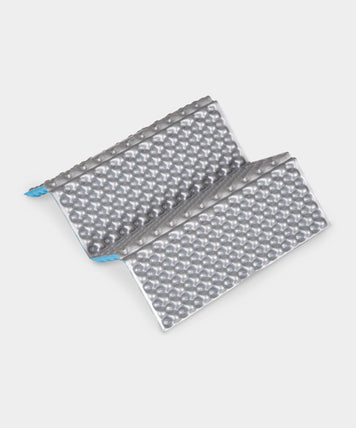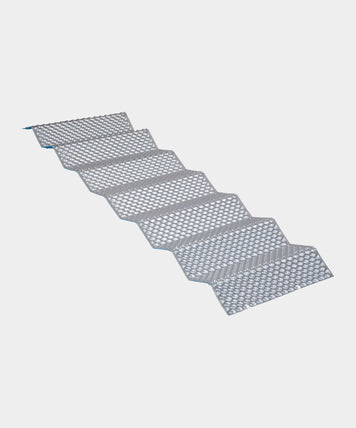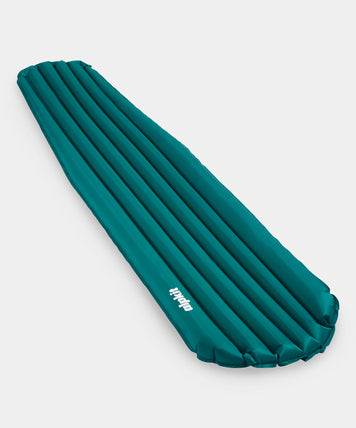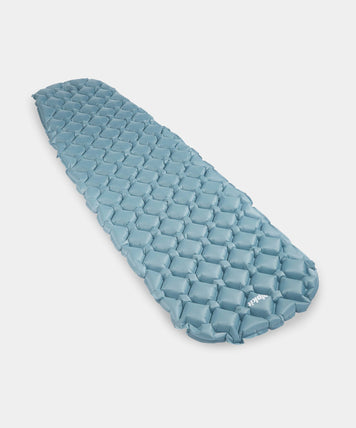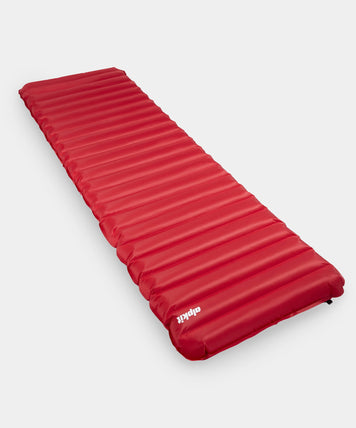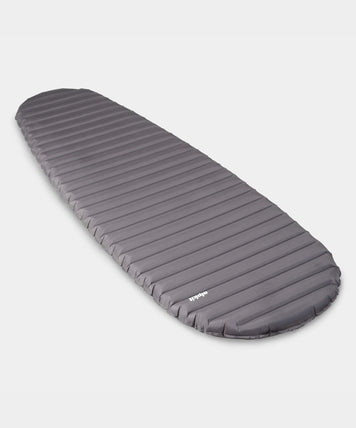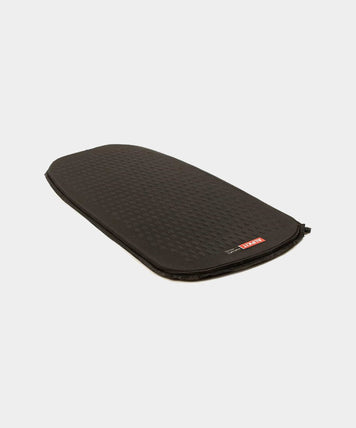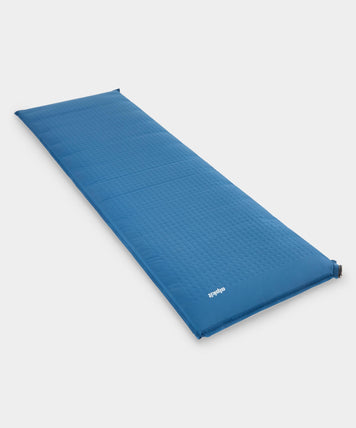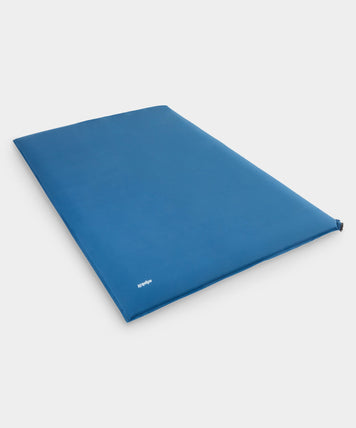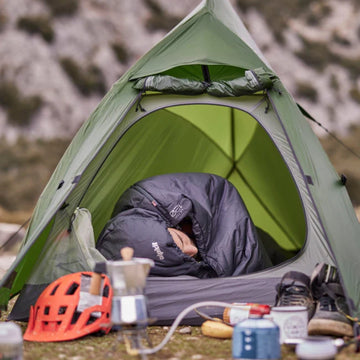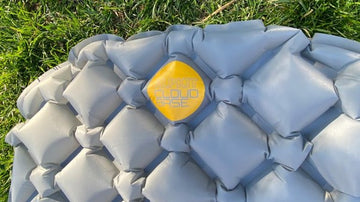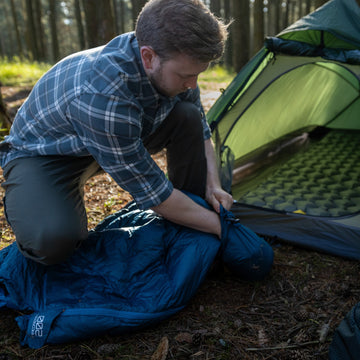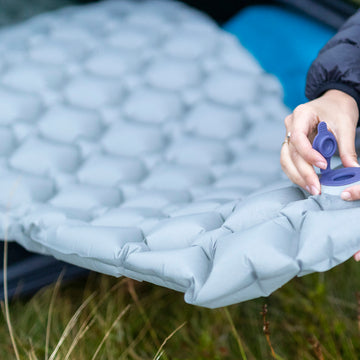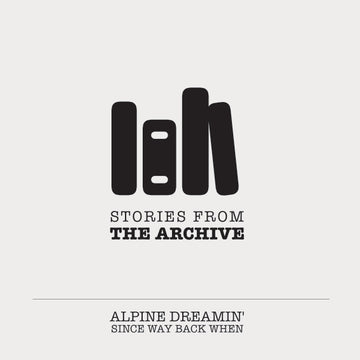
R values are a measure of how much insulation your camping or sleeping mat provides. With an international test standard, how useful are they in practice?
We usually only find out that our sleeping mat isn't warm enough when we're mid-trip, shivering our bits off and wishing we'd got another warm layer to pull on.
Sleeping mat R values have the potential to help us avoid cold, sleepless nights. But these numbers can be misleading, even to the most discerning of campers. Here's everything you need to know about R values and what they can tell you.
Sleeping mat R values explained
- What are sleeping R values?
- Why we use R values?
- Why we need an international standard
- When will there be an international standard?
- How do you use R values to choose a sleeping mat?

What is an R Value in sleeping mats?
R Values are a measurement of thermal resistance – they measure heat flow through a given thickess of material - so they tell you how well your alpkit sleeping mats - foam roll mats, self-inflating mats, and inflatable mattresses">sleeping mat resists heat loss.
The higher the R value, the more your mat resists heat loss and the better it insulates you from the cold ground. As a rule of thumb, an R value of 1.0 to 2.0 is fine for summer use but you’d need a rating of 4.0 to 5.0+ for winter camping.
Why do Alpkit use R values?
There's an international standard for R-values. It's a framework to help you make the right decision for the adventure you have in mind. So you can stay warm, sleep soundly and wake up full of beans for your next day out.

Why do we have an International Standard for R Values?
Having an internationally agreed standard makes it easier to compare between mats from different companies, much in the same way we now can with EN 13537 Comfort, Limit and Extreme ratings for sleeping bags.
Without a consistent standard, brands will always choose the testing method that produces the highest R value for their mats. These test results can be mis-leading and can make it hard to choose between different manufacturers.
Can you convert R values into Celsius or Fahrenheit?
The values do not convert directly, but we can interpolate to a figure that give a rough indication at which night time temperatures the mat should be suitable.
- R1: 10° C
- R2: 4° C
- R3: -1° C
- R4: -4° C
- R5: -7° C
- R6: - 18° C
To convert from Celsius to Fahrenheit multiply Celsius by 1.8 and add 32. A simple rule of thumb is to x2 and add 30.

How do you choose a Sleeping Mat?
Some types of sleeping mat construction are much more insulating than others. For instance, uninsulated inflatable mats will always be colder than inflating sleeping mats for camping">self-inflating mats which are packed with insulating open-cell foam.
Our sleeping mat range covers every eventuality from ultralight inflatable mats for summer backpacking and bikepacking, to luxuriously thick car camping mattresses. We’ve made sure each mat has a particular purpose, influenced by decades of experience using sleeping mats all over the world.

There are lots of different factors that can affect whether you get a warm night’s sleep. Remember that your sleeping mat is only one part of your sleep system, along with your sleeping bags">sleeping bag and clothing. That said, choosing a warmer mat means that your entire sleep system will be more effective when it’s time to hit the hay.
Sleeping Mats for Camping



